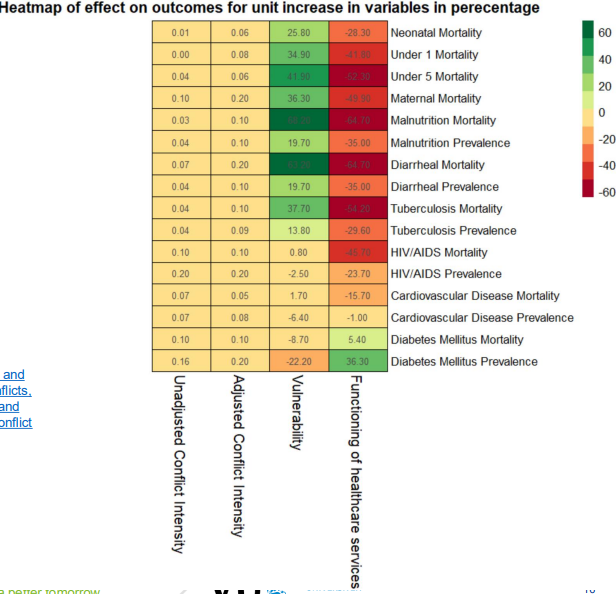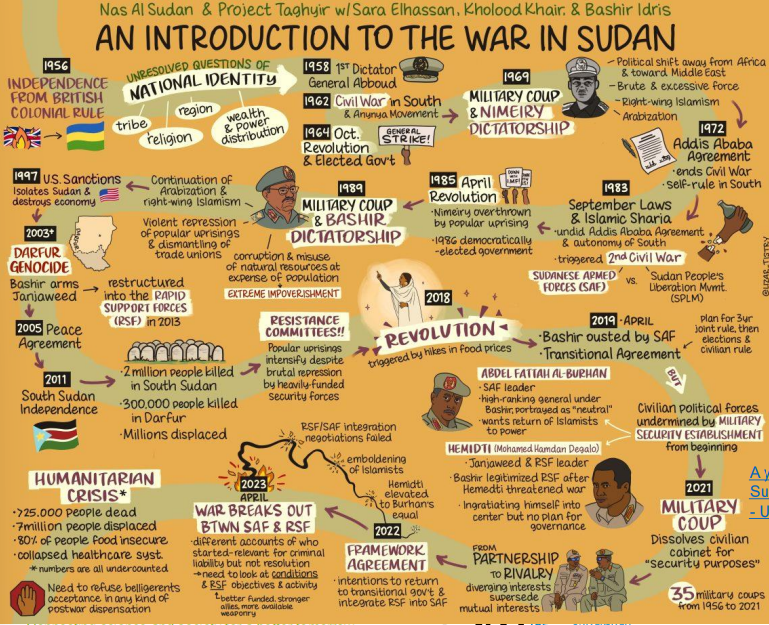PMO- L2 - Puzzling and powering
1/35
There's no tags or description
Looks like no tags are added yet.
Name | Mastery | Learn | Test | Matching | Spaced |
|---|
No study sessions yet.
36 Terms
definition refugee
A person who is outside his or her country of nationality or habitual residence
has a well-founded fear of being persecuted because of his or her race, religion, nationality, membership of a particular social group or political opinion
and is unable or unwilling to avail him or herself of the protection of that country, or to return there, for fear of persecution
different kind of refugees
undocumented
externally displaced person
internally displaced person
asylum seeker
refugee
epidemiology involuntary migration
117.3 million (end of 2023)
1 in 69 people on earth
conflicting policy goals
health goals are inclusive
• grounded on inclusive and egalitarian principles and values
Access to healthcare services depends on legal status
migration goals are often exclusionary and restrictive
legislation on refugee/migrant rights vary between countries
refugees fall in the crack between principles and policies
hard to calculate impacts of health on refugees
association between conflict intensity and health outcomes in conflicts
increasing vulnerability

conflict Sudan
broke out in april 2023
1.2 million fled in 1 year
9.1 were further displaced within the country (largest ever reported)
a lot of hunger. 20 million (42% of the country) face acute food insecurity

new approach is needed
first there were two sides, and the idea was to let them resolve the conflict but this has not worked. so new approach was needed;
change the international policy approach→ global compact on refugees.
strengthening and aligning incentives in the country
informed policies, money (who gives it, where should it go)
this has been questioned. john prendergast says it does not work → punishment is needed
new approach idea
Mahmood Mamdani;
Focus on a race-based genocide narrative is simplistic and dishonest.
Rather it is a political struggle over land, power and citizenship rather than purely racial violence.
Military intervention and international punishment is a continuation of a neocolonial agenda
Calls for a political, negotiated, and African-led solution
colonial and socioecological legacy
started in 1800s → Anglo - Egyptian colonialism
cotton farming
hydro political violence → dams, canals, and wetland drainage
flooding our some villages, depriving others
violent appropriation of rain fed agricultural areas
displacing peasants and nomadic people
sudan and Gold
gold in sudan results in economic war
global compact on refugees
how international humanitarian aid should be organized
the compact should be understood as an operational agreement between states. it seeks to translate the principle of ‘international cooperation’ into concrete action
the impact of the compact on refugees human rights is reflected by how the compact is used in rpactice and how that usage impacts the understanding and implementation of states obligations to ensure refugees human rights are respected and protected.
four objectives
ease pressure on host countries
enhance refugee self-reliance
expand access to third country solutions
support safe return
dangerous policy
forced displacement response versus human rights
states are investing in realizing goals of global compact
need investment in legal power of refugees and their allies to utilise human rights enforcement mechanisms
holding states accountable to their human rights obligations can only happen if those affected are resourced to do so
take home message refugees
Complexity of international conflict situations make it extremely difficult to intervene in cases of violence and conflict
Structural issues and conflicting goals make it especially difficult to improve situation of people on the move
Food insecurity, infectious disease, mental health issues and access to health care biggest health concerns of forcibly displaced people
Recent international policy (Global Compact) more likely to contradict human rights obligations
important part in policy making
have a feedback loop
a policy is often embodied in a program
what will be done
who will do it
when will it be done
what are the resources required
ideal model of decision making → rationalism
Policy makers are faced with a particular problem
Goals, values and objective are clarified and ranked
Various alternative solutions are considered
Costs and benefits of each alternative are investigated: cost-benefit analysis
Each alternative and its costs and benefits are compared with other alternatives
Policy makers choose the alternative that has highest net benefits
this is why feedback loops are important
rational model
Rational model prescribes how policy ought to be made – normative / prescriptive model
criticism on the rational model
does not describe how policies are made in practice
problems policy makers face are comple
policy makers lack time and information to make predictions about all costs and benefit of all alternatives
Policy makers are not value-free and prefer certain types of solutions
No one can know all options: bounded rationality → policy makers try to be rational but are limited by time, information, and capacity.
Past policy determines present policy
There are all sorts of external pressures on policy makers
incrementalist perspective
describes how policy is actually made
Selection of goals/objectives is ‘reasoning away from the problem’, rather than ‘towards the solution’
Policy makers look at a small number of alternatives that differ marginally from existing policies
Of each alternative, only most obvious costs and benefits are considered
‘Best decision’ is the option for which there is agreement among policy makers
reinforces the status quo
puzzling needed for policy making
problem is the point of departure
public policy is;
Answering the question; what to do next? in view of some problem
on behalf of society
in order to mitigate or resolve it
in a collaborative process, co-determined by a broad set of factors and actors
policy is also power play
policy making is political process → struggle between competing interests, some in favor of change other against
policy is the outcome of a political process and depends on;
the power balance between individuals and groups involved
the rules by which their struggle is organized
power versus authority
Power = the ability to achieve desired outcomes / influence others
Authority = the right to do so
three faces (dimensions) of power
power as decision making
power as non-decision making
power as preference control → compliance through subtle means
(without control; relational - embedded in social norms)
power as decision making
most visible and direct face of power
power is a matter of getting people to do what they would not otherwise have done
e.g. a government passes a new tax on sugary drinks despite strong opposition from the beverage industry
power as non decision making
what you don’t see
Power as agenda setting highlights the way in which powerful groups control the agenda to keep threatening issues off the policy radar screen
e.g. universal health care in the USA
e.g. Tobacco companies lobbying to prevent anti-smoking laws from ever reaching parliament.
key idea; power = ability to control the policy agenda → deciding what not to decide.
power as preference control
Power is most effective and most secure when it becomes so much a part of the background that it is unobserved and internalized
people don’t resist because they’ve internalized dominant ideas as normal or right
fast food companies associating their products with happiness and freedom through advertising. → citizens see sugary drinks as harmless personal choice.
power in relation to policy
power is a matter of getting people to do what they would not otherwise have done
sovereignty
entails rule or control that is supreme, comprehensive, unqualified and exclusive
state organization
Authoritarian regime: regime in which a small group of individuals exercises power over the state with no constitutional responsibility to the public
Democratic regime: regime that represents political institutions and practices which include universal suffrage, and reflects a high level of tolerance of opposition that is sufficient to check the arbitrary inclinations of the government
freedom house
has indicators, looks into
civil rights
political rights
civil liberties
pluralism
theory that power is widely distributed in society → power is dispersed among many groups, state acts as an impartial referee.
theory to make sense of power and state organization
Dahl (1961): There is an equal distribution of power among groups in society
protected by political rights to vote and to exercise free speech (lobbying, demonstration, strike, free mass media)
Individual citizens have the right and ability to organize in groups and associations
Who then compete over power
→ Power is diffused throughout society
→ State is neutral: does not defend the interests of one class or group, nor shows a marked bias towards particular interests
criticism pluralism
Interest groups are not equally powerful: some form powerful coalitions of interests
The state is not a neutral negotiator between different interests: it is easier for gov’ts to negotiate with one powerful group or coalition than with many
Ignores external powers, e.g. transnational companies and international organizations
Does not explain power dynamics in non-democratic societies
elitism
Political elite = only open to members of dominant economic classes (small cohesive elite dominates decision making).
Interest groups are not equally powerful (differences in resources)
Policy choice is dominated by elites → primary function of the state is to ensure dominance of these elites: continuation of status quo
The elites’ power is also manifest outside formal political arenas e.g. in the board rooms of transnational companies and international organizations
criticism on elitism
Overstates capacity of elites to wield power
Non-elites do challenge elites: change happens
There are multiple groups competing for attention on specific issues
Locates power in specific groups in society
feedback loop in democracy (David Easton’s model)
political systems and policy process
political system = a set of interrelated parts that converts inputs (demands and support) into output (policies)
inputs → citizen demands (free healthcare) + support (taxes, voting)
outputs → government decisions and policies
feedback loop maintain equilibrium between public demands and state outputs

criticism David Easton’s model
Ignores power imbalances — assumes the state is neutral.
Fails to explain self-interested state behavior (as argued by public choice theory).
Neglects policy making within private organizations (e.g., voluntary industry codes).
Doesn’t address coercion and repression used by some states
puzzling and powering in policy making
‘Puzzling’ on ‘what to do next’ = complex
As a result of unfavourable conditions (limited time, resources, focus ...)
Previous policy choices
Relevant aspects are not always calculable
Relevant aspects might go ‘unimagined’
“Synoptic” knowledge is beyond reach
‘Powering’ is part and parcel of the puzzling efforts as actors fight over which interests translate in policy
Their positions determined by a myriad of factors
Including rules for managing conflict and state organisation